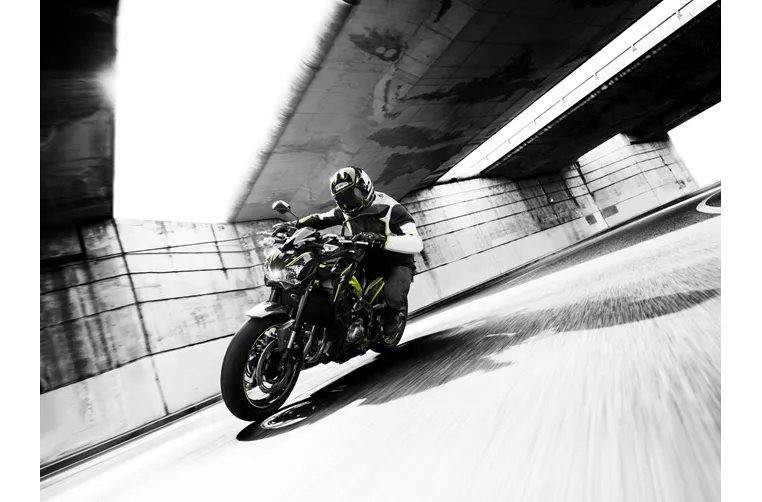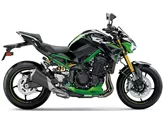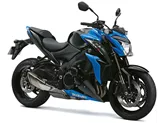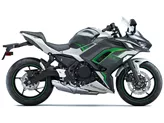Kawasaki Z1000 2013 vs. Kawasaki Z900 2018

Kawasaki Z1000 2013

Kawasaki Z900 2018
Overview - Kawasaki Z1000 2013 vs Kawasaki Z900 2018
The Kawasaki Z1000 model year 2013 and the Kawasaki Z900 model year 2018 are both naked bikes that offer powerful performance and unique designs. However, there are some notable differences between the two models.
In terms of engine specifications, the Kawasaki Z1000 2013 is equipped with an in-line four-cylinder engine that delivers 138 horsepower and 110 Nm of torque. On the other hand, the Kawasaki Z900 2018 also features an in-line four-cylinder engine, but with slightly lower power output at 125.4 horsepower and 98.6 Nm of torque. Both bikes have liquid cooling systems and a displacement of around 1000cc.
When it comes to suspension, both bikes feature upside-down telescopic forks at the front. However, the Kawasaki Z1000 2013 offers more adjustability with compression, preload, and rebound adjustments, while the Kawasaki Z900 2018 only has preload and rebound adjustments. In terms of the rear suspension, both bikes offer the same adjustment options.

Kawasaki Z1000 2013
In terms of chassis, the Kawasaki Z1000 2013 features an aluminum frame, while the Kawasaki Z900 2018 has a steel frame. Both bikes have a double cradle frame design, which provides stability and rigidity.
In terms of braking, both bikes are equipped with double disc brakes at the front with four-piston calipers. The Kawasaki Z1000 2013 features radial and petal technology, while the Kawasaki Z900 2018 only has petal technology.
In terms of dimensions and weights, both bikes have similar front tire width and diameter, but the Kawasaki Z900 2018 has a slightly narrower rear tire width. The wheelbase of the Kawasaki Z900 2018 is also slightly longer than the Kawasaki Z1000 2013. Additionally, the seat height of the Kawasaki Z900 2018 is slightly lower than the Kawasaki Z1000 2013.
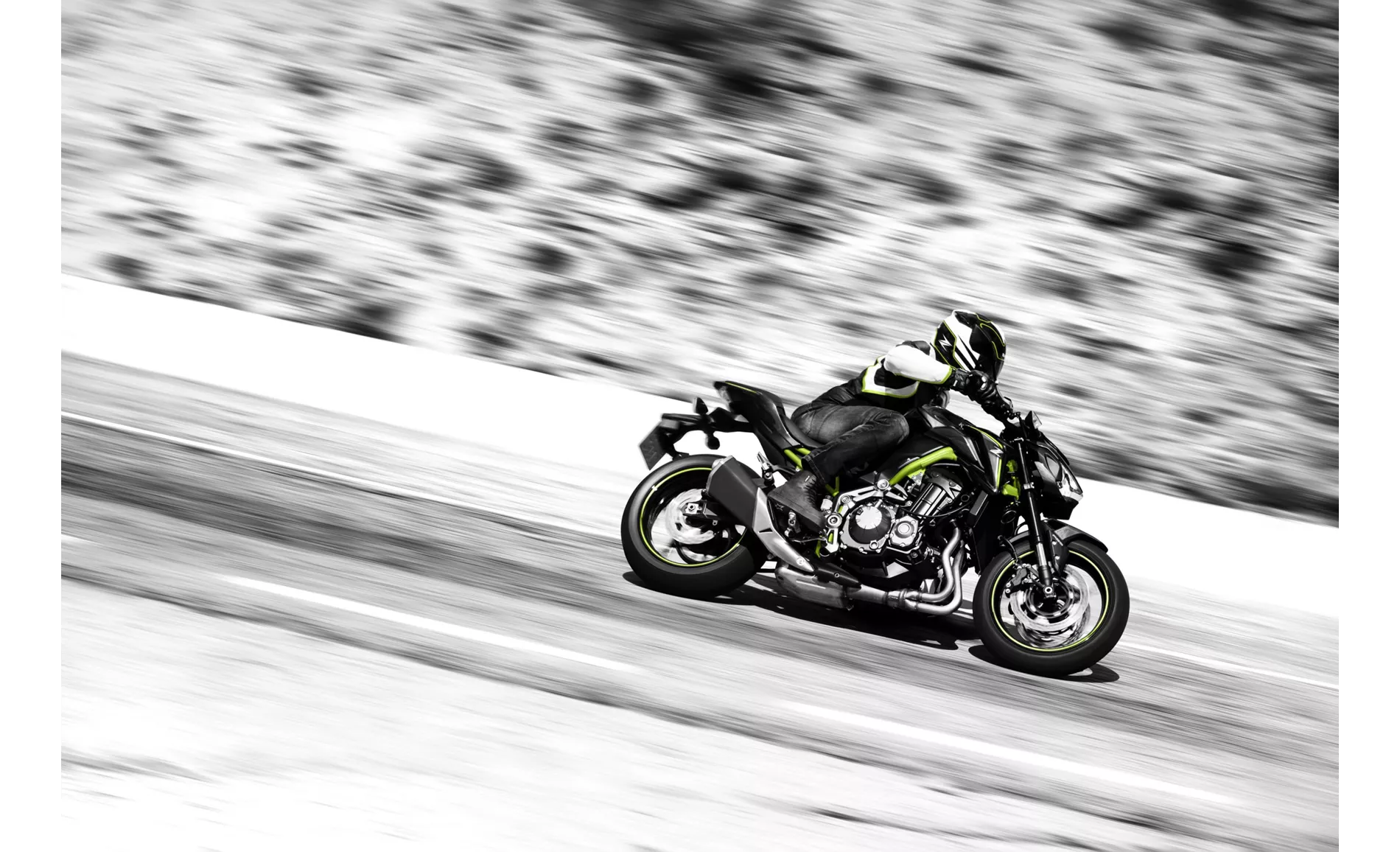
Kawasaki Z900 2018
In terms of strengths, the Kawasaki Z1000 2013 is praised for its powerful engine, rich sound, and unique design. On the other hand, the Kawasaki Z900 2018 is praised for its powerful and silky engine, great sound, sharp and sporty look, low seating position, and easy handling and maneuverability.
In terms of weaknesses, both bikes lack traction control. Additionally, the Kawasaki Z1000 2013 is criticized for its nervous chassis, while the Kawasaki Z900 2018 is criticized for its knee angle being strenuous for tall riders in the long run.
Overall, both the Kawasaki Z1000 2013 and the Kawasaki Z900 2018 offer powerful performance and unique designs. The choice between the two models will depend on personal preferences and priorities, such as the desired level of adjustability, frame material preference, and seating position comfort.
Technical Specifications Kawasaki Z1000 2013 compared to Kawasaki Z900 2018
Pros and Cons in comparison
Pros and Cons in comparison
Kawasaki Z1000 2013
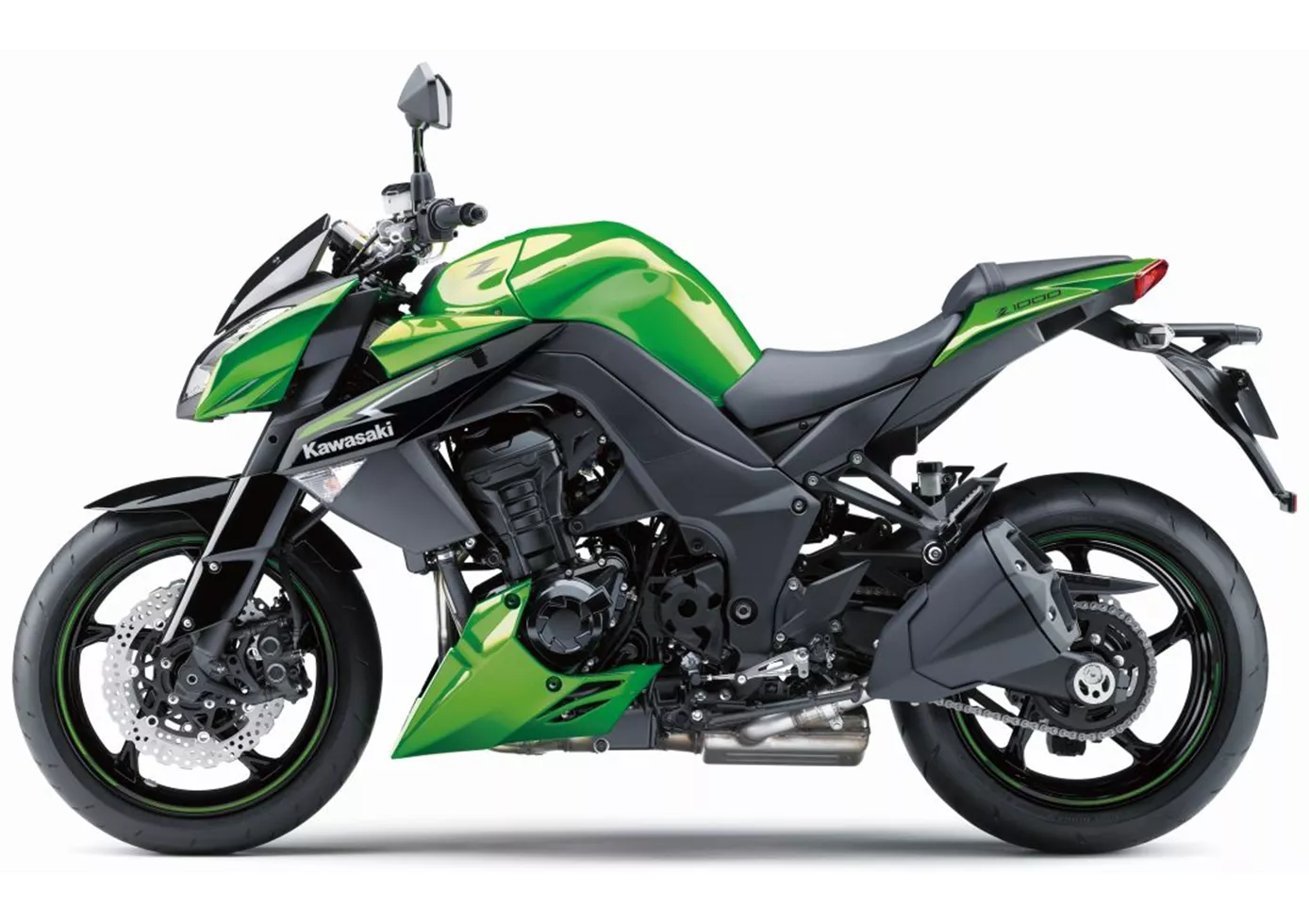
All in all, the new Z1000 is a successful further development of its predecessor. The lack of traction control is more of a marketing problem than a problem for end customers.
Kawasaki Z900 2018
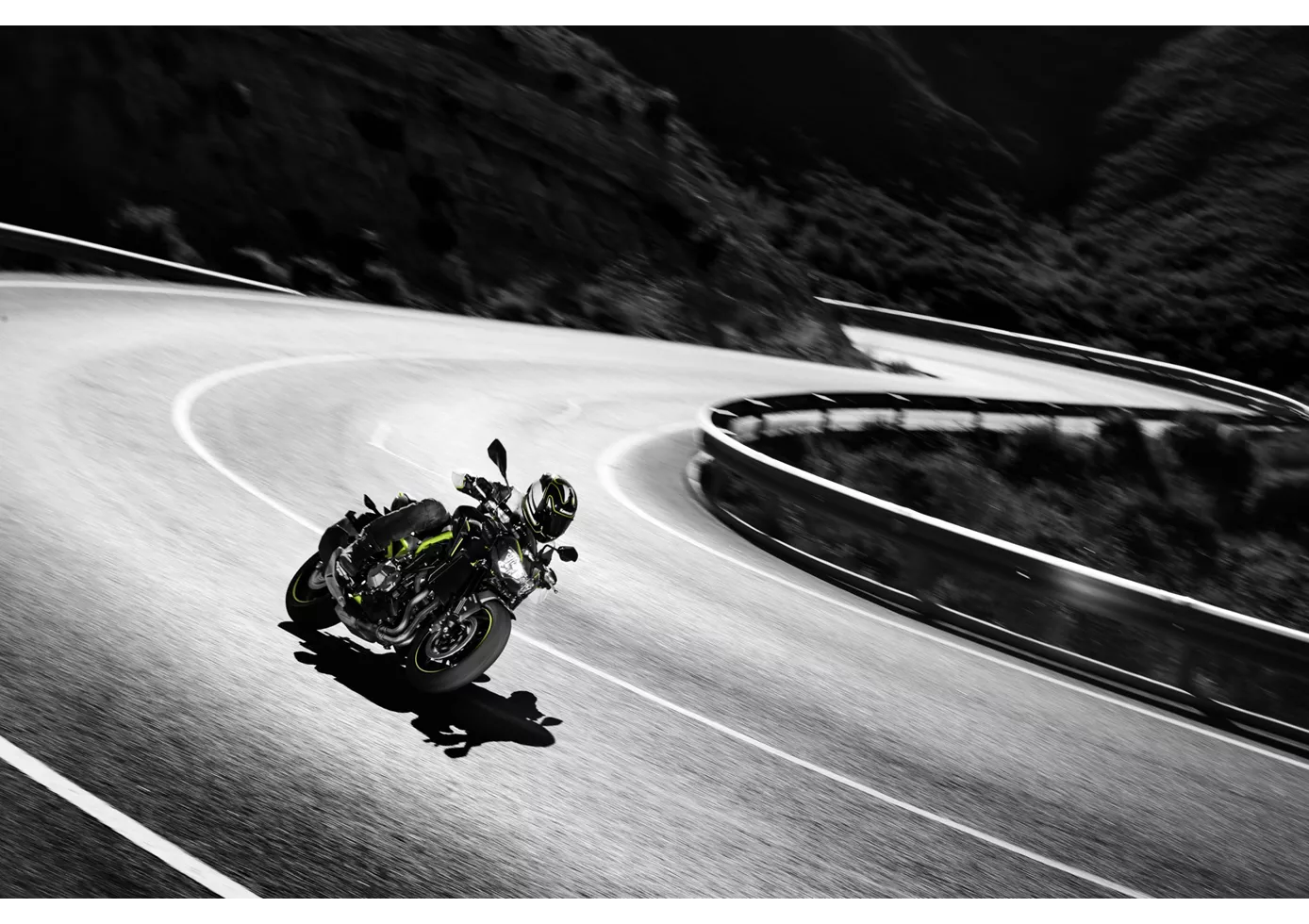
In the hotly contested naked bike segment, the Z900 plays right at the front. Above all, its engine is absolutely terrific, runs incredibly silky and offers rich power in all rev regions - as befits a Japanese four-cylinder. Its sporty, aggressive appearance matches this. It does without electronic bells and whistles, but still conveys a lot of confidence when chasing corners, braking and accelerating out of them. The low seat is especially beneficial for smaller riders, but taller riders might miss a flatter knee angle on long distances. The low weight and compactness make the Z900 particularly agile and easy to handle. A sporting cannon that is also extremely appealing in terms of price
Price Comparison Avarage Market Price Kawasaki Z1000 vs Kawasaki Z900
There are a few key differences between a Kawasaki Z1000 2013 and a Kawasaki Z900 2018. In terms of price, the actual average price of a Kawasaki Z900 2018 is about 8% higher. A Kawasaki Z1000 2013 experiences a loss of 730 USD in one year and 730 USD in two years of ownership. This is offset by a loss of 640 USD and 520 USD for a Kawasaki Z900 2018. Compared to Kawasaki Z900 2018 there are less Kawasaki Z1000 2013 bikes available on the 1000PS.de Marketplace, specifically 4 compared to 55. It takes less time to sell a Kawasaki Z1000 with 69 days compared to 112 days for a Kawasaki Z900. Since model year 2005 1000PS.de editors have written 41 reviews for the Kawasaki Z1000 and 46 reviews for the Kawasaki Z900 since model year 2017. The first review for the Kawasaki Z1000 was published on 9/2/2002 and now has more than 5,800 views. This compares to more than 93,200 views for the first review on Kawasaki Z900 published on 11/11/2016.

